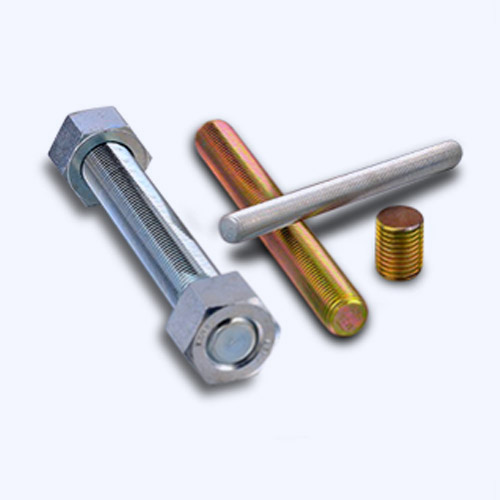नवम्बर . 08, 2024 15:45 Back to list
plain washer standard dimensions
Understanding Plain Washer Standard Dimensions
In engineering and construction, the plain washer is a small yet vital component used to distribute the load of a fastener, often a bolt or screw, over a larger surface area. This simple disk of material can significantly enhance the performance and longevity of mechanical assemblies. To ensure compatibility and reliability, understanding plain washer standard dimensions is crucial for engineers, designers, and construction professionals.
What is a Plain Washer?
A plain washer is a flat disk with a hole in the center that allows it to be placed over a bolt or screw. Primarily made from materials like steel, stainless steel, plastic, or rubber, plain washers help prevent wear on surfaces, reduce friction, and improve load distribution. They are extensively used in various applications, including automotive, aerospace, and machinery.
Standard Dimensions of Plain Washers
Plain washers are produced in various sizes and conform to specific standards, ensuring consistency and compatibility across different uses. The most common standards governing washer dimensions are the American National Standards Institute (ANSI), the International Organization for Standardization (ISO), and the European Norm (EN). These standards define washers by inner diameter (ID), outer diameter (OD), and thickness (T).
1. Inner Diameter (ID) The inner diameter is the hole size of the washer, which must fit over the diameter of the bolt or screw being used. Common ID sizes vary, typically ranging from 1/8 inch to several inches, depending on the application.
2. Outer Diameter (OD) The outer diameter is the overall width of the washer. This dimension is crucial, as it determines how much load surface the washer can distribute. Standard outer diameters can vary significantly, with common sizes including 1/4 inch, 1/2 inch, 1 inch, and more, depending on the inner diameter and intended application.
3. Thickness (T) The thickness of the washer affects its load-bearing capacity and the amount of space available for the bolt or screw head. Washers are available in various thicknesses, from very thin (0.020 inches) to thicker options (0.125 inches or more), depending on the requirements of the specific application.
plain washer standard dimensions

Common Standards for Washers
The ANSI/ASME B18.22.1 provides comprehensive guidelines for flat washers, including tolerances and specifications for non-locking washers. Similarly, the ISO 7089 and ISO 7090 standards define the characteristics, dimensions, and tolerances for washers used globally.
- ANSI In the ANSI standards, washers under the general designation F may have different associated numbers, where F indicates flat washer. The sizes are categorized according to both the diameter of the bolt and the corresponding washer dimensions.
- ISO ISO standards provide an international framework for washer dimensions, allowing for uniformity across different countries and manufacturers. This is particularly essential in international collaborations where parts must be interchangeable.
Why Understanding Dimensions Matters
Choosing the right standard dimensions for plain washers affects the integrity and safety of mechanical assemblies. A washer that is too small may not distribute load effectively, leading to fastener failure. Conversely, an oversized washer may not fit into confined spaces or could add unnecessary weight. Additionally, non-compliance with standards can lead to delays and increased costs due to re-engineering and replacement of components.
Conclusion
Plain washers, despite their simplicity, play a critical role in the performance of mechanical systems. Understanding the standard dimensions associated with plain washers is essential for anyone involved in engineering and construction. By adhering to established standards and selecting the correct dimensions, professionals can ensure the reliability and efficiency of their assemblies, ultimately contributing to safer and more effective engineering solutions. Whether you are designing a new product or maintaining existing equipment, taking the time to understand the significance of plain washer dimensions is an investment in quality and safety.


